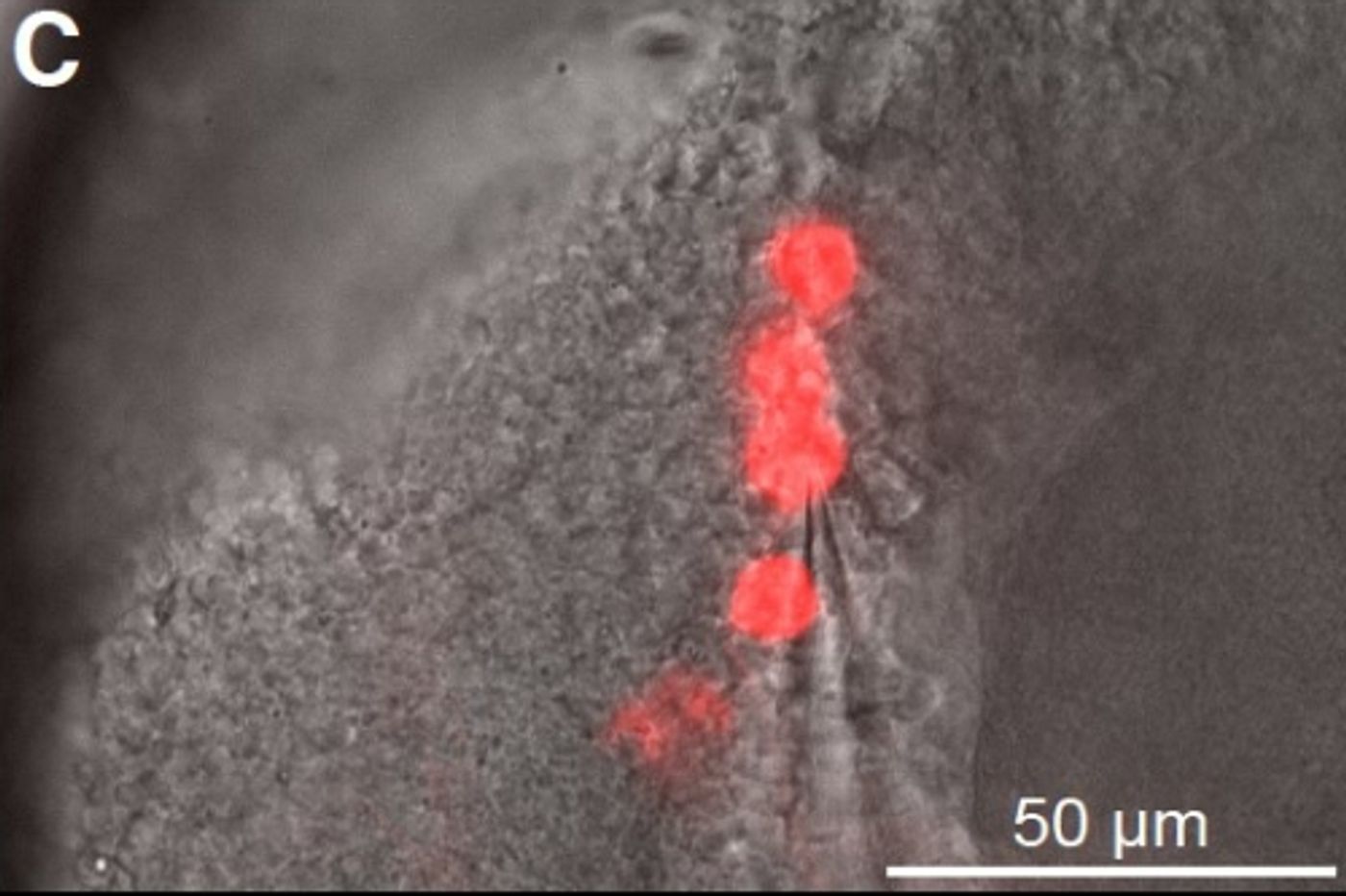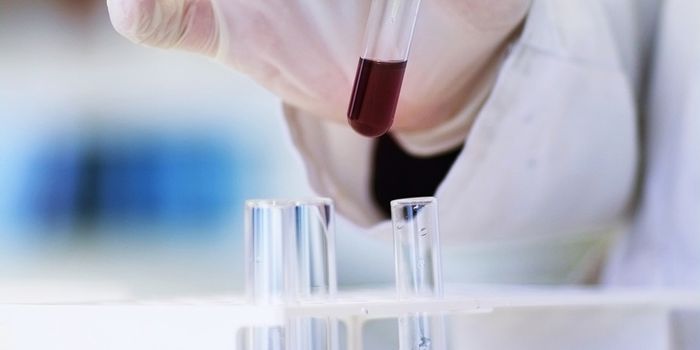Living organisms, from plants to fungi to animals, have a circadian rhythm – a 24 hour cycle of physiological events. New findings have elucidated more about how these natural clocks are related to health. They may also eventually have an impact in improving treatments for jetlag or sleep disorders. The research is discussed in the video below.
Reporting in the Proceedings of the National Academy of Sciences, a team of researchers has identified three new proteins that work in conjunction on the clock neurons, making the clock responsive to light. “To be useful for an organism, circadian clocks need to be synchronized (or reset) to the natural environment cycles of light and temperature, much like you need to reset your alarm clock or watch when you change time zone,” explained Dr James Hodge of the University of Bristol’s School of Physiology, Pharmacology and Neuroscience.
Researchers have used the drosophila fruit fly to investigate the circadian clock, in part because the flies are so attuned to dawn and dusk. Inside the head of the fly are around 100,00 neurons that make up a brain small enough to fit onto the head of a pin; roughly one hundred of those neurons work as a clock, consisting of genes that are turned on and off each day and night.
This new work has added to previous research by one research leader, Professor Ralf Stanewsky of UCL. The researchers highlighted the clock neurons with red fluorescent protein, and recorded electrical activity in the brains of the fruit flies. It was demonstrated that the Quasimodo gene regulated the light response of the clock neurons, and thus, Quasimodo was controlling the circadian rhythm.
Recordings taken at different times of day showed that the clock neurons of the fly were more excitable during the day compared to nighttime. The investigators genetically altered the level of Quasimodo in the clock neurons and found that an increase in the gene reduced the neuronal activity that would normally be observed at night. Reducing the level of Quasimodo increased the clock neuron activity at night.
The scientists wanted to learn more about the mechanism of the Quasimodo protein, which hangs out on the surface of the cell. Because the surface also has ion channels, it was thought that the Quasimodo might interact with them to form a sort of membrane clock. Such a clock could manipulate electrical activity through the control of ion channels.
The investigators have previously shown that Shaw, a potassium channel, has a role in circadian rhythms. That channel is one part of the membrane clock. Another part is NKCC, an ion transporter that influences the brain clock of mammals. In this work, it is shown that Quasimodo interacts with NKCC and Shaw, forming a membrane clock, which controls changes in the electrical activity of clock neurons, enabling the clock to be responsive to light.
If you would like to know more about the circadian clock, watch the video above, a TEDx Talk with Howard Hughes Investigator Joseph Takahashi.
Sources:
AAAS/Eurekalert! via
University of Bristol,
PNAS









